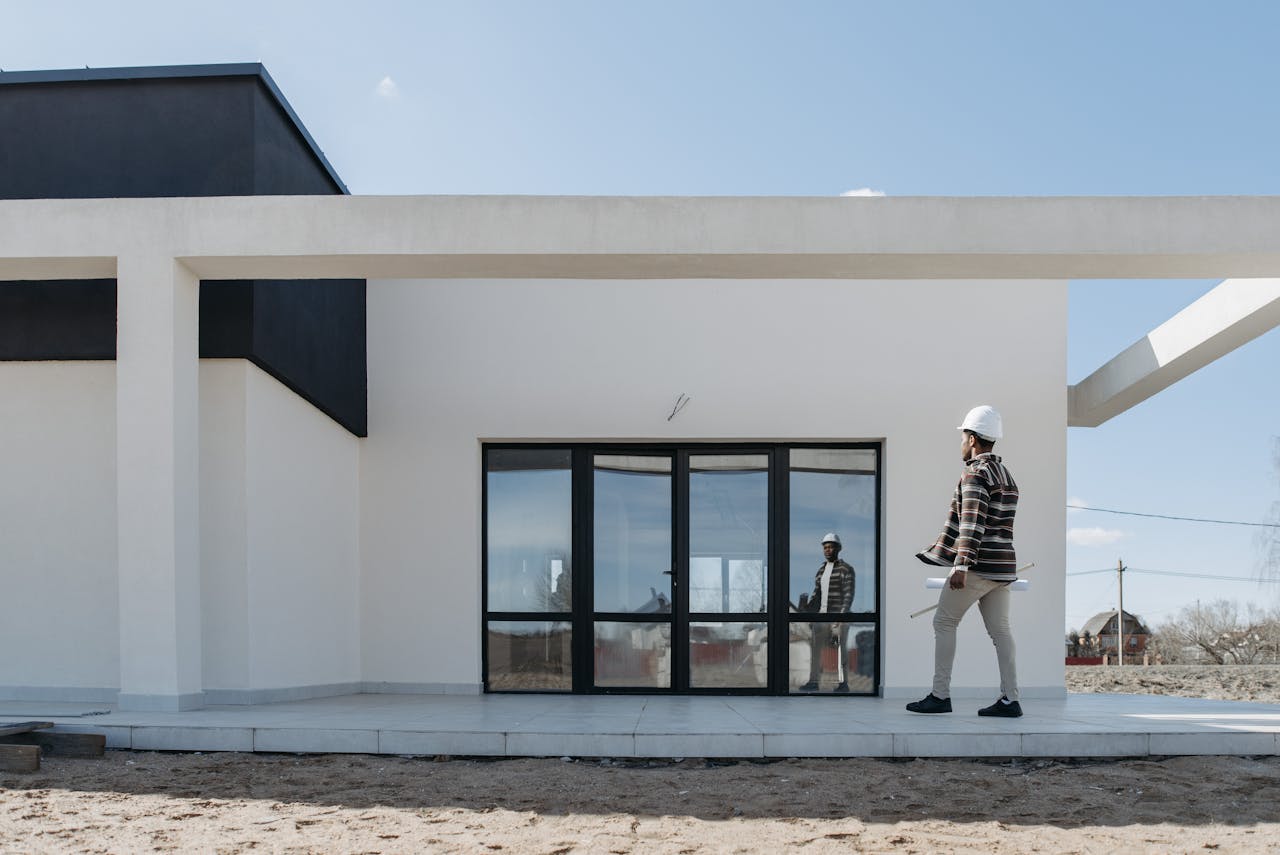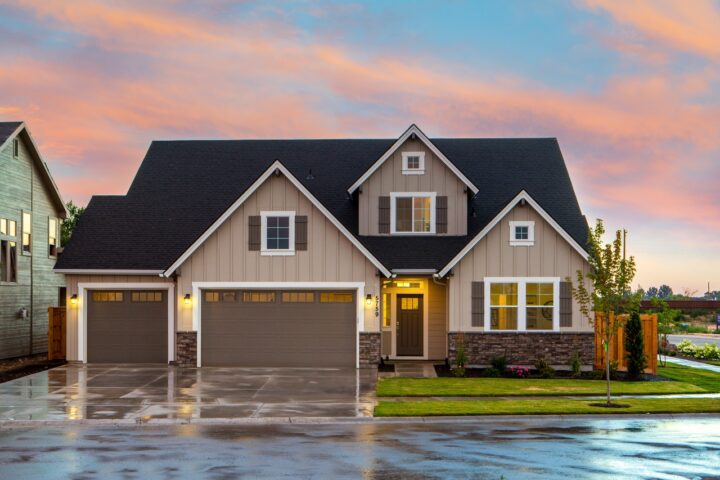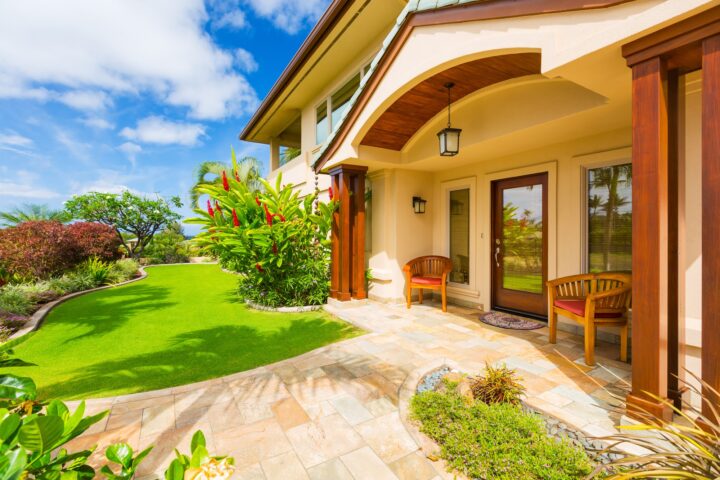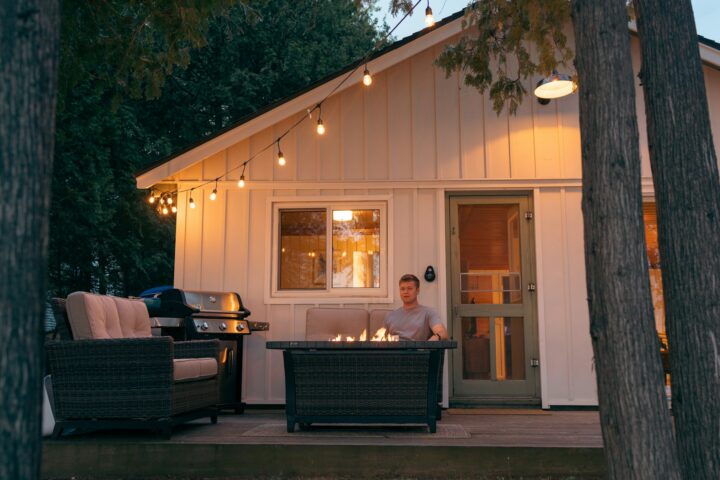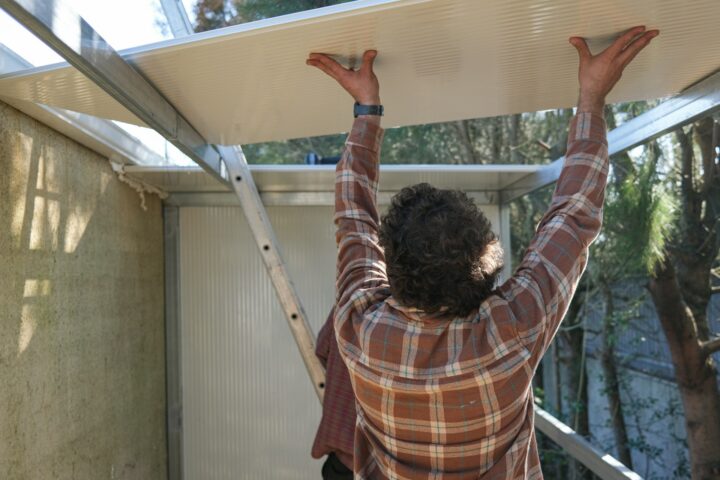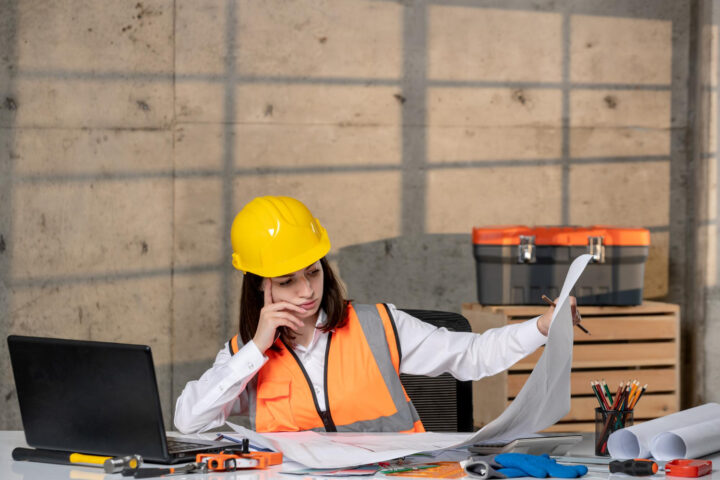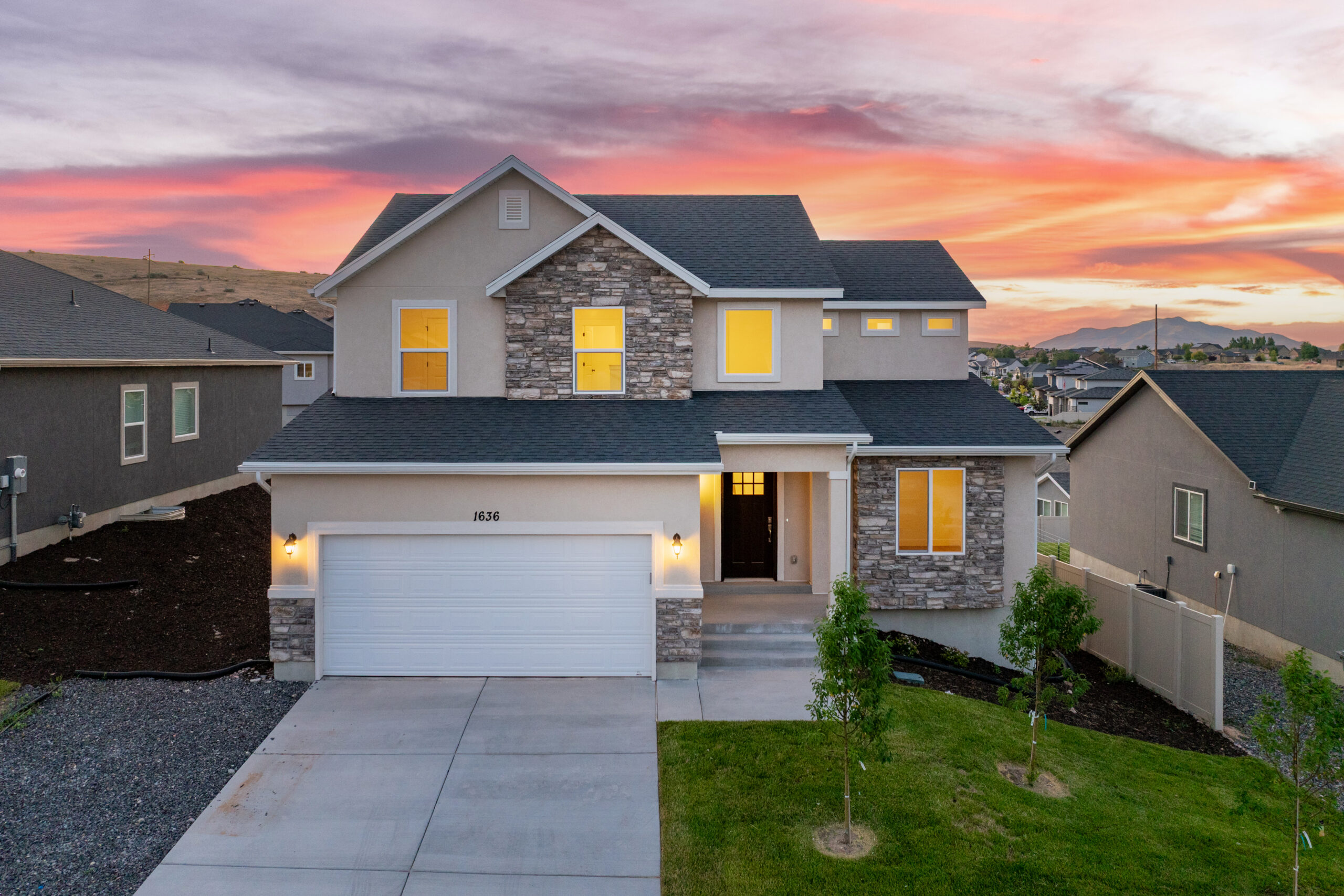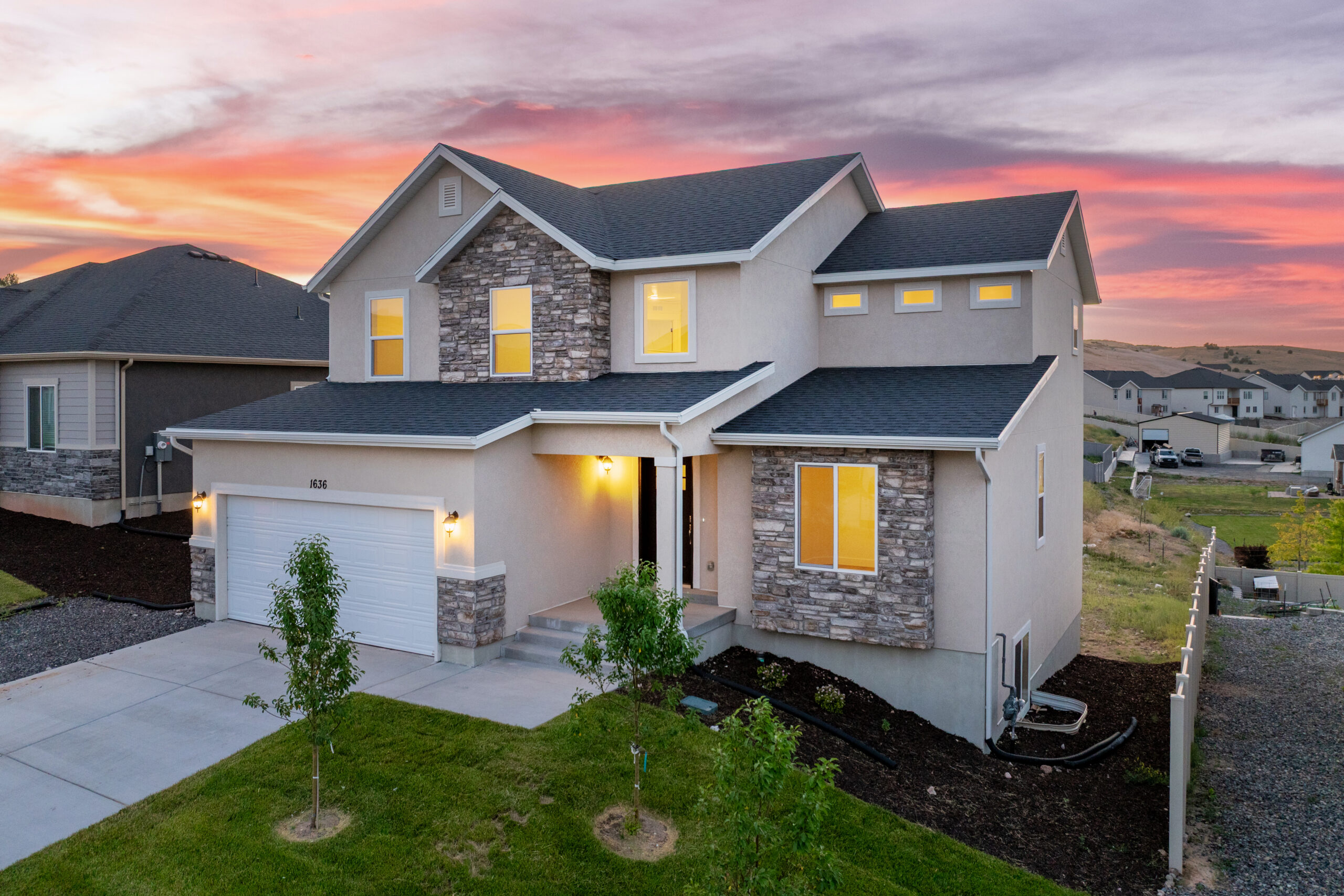Building a home is an exciting journey. It’s a chance to create a place that’s perfect for you and your family. But, it can also be a complex process with many steps. Making the wrong choices can lead to headaches down the road. That’s why it’s important to know what pitfalls to avoid when building a home in Utah.
Skipping the Planning Phase
One of the biggest mistakes you can make when building a home is skipping the planning phase. It’s tempting to dive straight into construction, but proper planning is crucial. Start by sketching out your ideas and what you want in each room. Consider the layout, how each space will be used, and how rooms will connect.
Next, set a clear budget. Know how much you can afford and stick to it. Include a buffer for unexpected costs. Failing to budget properly can lead to financial stress later on. Think about the long-term costs as well, like maintenance and utilities.
Hiring an architect or a designer can also help. These professionals can bring your vision to life while making sure everything is feasible. They can also help you navigate technical details that you might overlook. By taking the time to plan every detail, you reduce the risk of mistakes and make the construction phase much smoother.
Overlooking Local Building Codes and Regulations
Ignoring local building codes and regulations is another major mistake. Each area has its own set of rules for construction to ensure safety and quality. Before you start building, research the codes for your specific location in Utah. This includes zoning laws, permits, and inspections.
Make sure to get all the necessary permits before breaking ground. Building without the right permits can lead to fines, delays, and even having to redo work. This can quickly add up in both time and money. Consulting with local authorities or a knowledgeable contractor can help you understand what permits you need.
Inspections are another critical part of the building process. These checks ensure that your home meets all safety and quality standards. Skipping inspections can put your home at risk for issues like electrical problems or structural weaknesses. By following all codes and regulations, you ensure that your home is safe and secure for you and your family.
Cutting Corners on Quality
Cutting corners on quality can lead to long-term problems for your new home. It might seem like a good idea to save money upfront, but using cheap materials or unskilled labor can cause issues down the line. For example, opting for low-quality insulation or roofing materials can mean you’ll need repairs sooner rather than later.
Choose reputable contractors with experience and good reviews. It might cost more initially, but skilled professionals provide better workmanship and reliability. Investing in quality materials is also crucial. High-quality plumbing, electrical work, and building materials make your home safer and more durable.
Think about the finishes as well. Quality paint, flooring, and fixtures not only look better but also last longer. Cheap paint can peel, and low-quality flooring can wear out fast. By focusing on quality from the start, you create a durable, attractive home that requires less maintenance over time.
Ignoring Energy Efficiency and Sustainability
Ignoring energy efficiency and sustainability can be a big mistake in home building. These features not only help the environment but also save you money on utility bills. Start with energy-efficient windows and doors. Double or triple-pane windows and well-sealed doors keep your home warm in the winter and cool in the summer.
Consider your insulation options. Good insulation reduces the need for heating and cooling, making your home more comfortable and energy-efficient. Materials like spray foam or blown-in cellulose provide excellent insulation.
Look into renewable energy sources like solar panels. They have a higher upfront cost but can significantly reduce or eliminate your electric bills over time. Energy-efficient appliances are another smart choice. Modern refrigerators, washing machines, and ovens use less energy and water than older models.
Additionally, think about sustainable building materials. Recycled or locally sourced materials reduce your environmental impact. By prioritizing energy efficiency and sustainability, you not only save money but also contribute to a healthier planet.
Conclusion
Building a home is a significant investment, and avoiding common mistakes can make the process much smoother. From detailed planning to following local regulations, every step is crucial. Prioritizing quality and focusing on energy efficiency ensure that your home is both durable and sustainable.
Skipping these important aspects can lead to costly repairs and stress in the future. Instead, take the time to plan, invest in quality, and think about the long-term benefits of energy-efficient and sustainable choices. These efforts will pay off in the comfort, safety, and efficiency of your new home.
If you’re ready to start building your dream home in Utah, Salisbury Homes is here to help. We specialize in creating high-quality, energy-efficient homes that you and your family will love for years to come. Contact our Utah home builders today to get started on your journey to homeownership.

